If you’re selling to everyone, you’re selling to no one. It’s true - unless you're selling something like bread, there’s hardly a chance your product will appeal to everyone. But this is good news! Different customer groups need different types of marketing campaigns. And understanding those groups makes you a better marketer.
This is called market segmentation. You break down your target audience into smaller segments based on their interests. Companies that focus on segmentation are 60% more likely to understand their customers’ challenges and 130% more likely to know their intentions.
Segmenting your customers helps you
- personalize your offer
- create better marketing campaigns
- increase customer satisfaction
- get more revenue
All you need is the right tool for the job. We have your back.

How to do market segmentation?
Let's quickly go through the steps to you'll see what kind of market segmentation tools you might need.
1. Define your target market
This step will need your team's expertise and brainstorming.
- Is there a demand for your product or service?
- Who needs it? Who wants it? Who will consider it?
- How large is that market?
- How well do you fulfill this demand compared to your competitors?
2. Perform cluster analysis
You'll have to choose the criteria for your customer segmentation. What characteristics of your audience are important?
Marketers usually look at four pillars to find their ICP (Ideal Customer Profile): demographic, firmographic, geographic, and behavioral. Research these segments and take steps to understand clusters that will form. You can do this by
- conducting interviews with potential customers
- investigating focus groups
- examining user and customer behavior with heatmaps and session recordings
- sending out surveys and analyzing responses
We recommend conducting market research surveys, as it's the most cost- and effort-efficient method. This step will require tools that collect customer data.
3. Create and manage your customer segments
Analyze your research to figure out which customer segments are most relevant to your brand. How are they relevant to your brand? You will need a CRM to keep track of all that customer data. Then, an email marketing tool to help you reach your audience.
4. Test your marketing strategy
Build marketing campaigns and use customer research tools again to assess how successful they were.
- Was it easy for customers to find you?
- Are your customers satisfied?
- How can you develop your product or service to be more successful?
- Is your pricing optimal?
Your customers have all this necessary information.
So, how do we make customer segmentation easier? With the best customer segmentation tools.
Consider these the best customer segmentation candidates for your toolstack, including customer experience tools, CRMs, and email marketing software. The list was specially curated to help you build a compatible data ecosystem and maximize your investment.
User experience insights platforms
Your customer segmentation software should include a few tools to monitor and analyze customer sentiment, behavior, and experience with your product or service.
These customer segmentation tools combine direct user feedback and behavioral analytics to provide a comprehensive understanding of the user experience.
Survicate
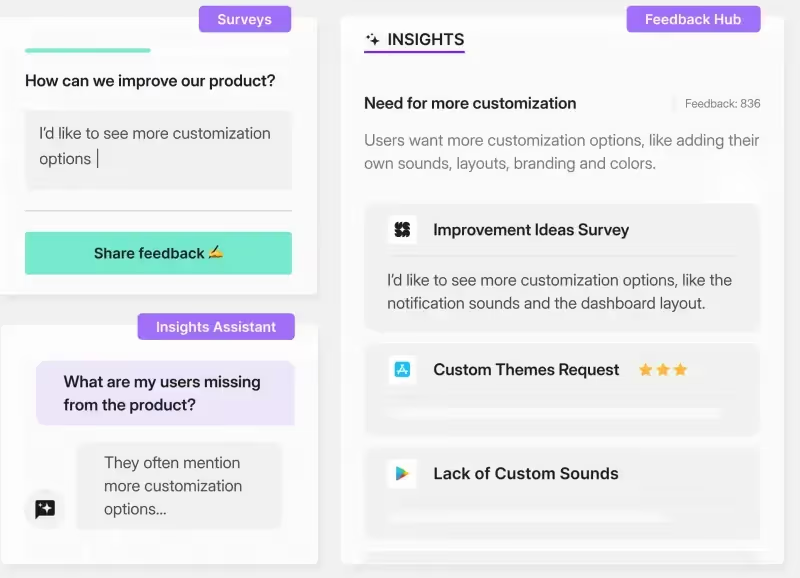
How do you segment your customers in the best way possible? It's super simple—you just ask them to do the segmentation themselves. Survicate is modern survey software that lets you run sleek surveys on all devices, including desktop and mobile.
You can play around with the template below to see a Survicate survey in action.
The drag-and-drop editor lets you create a survey from scratch - it's even easier when you start with a template. There are over 400 of them, designed by professionals and optimized for the best results (and highest response rates!)
Embed your survey in customer emails, on your website, on social media, in the Intercom chat, and within your mobile app. Customizing the surveys is a matter of a few clicks, and you can use CSS if you are very particular about your look.
Survicate continuously collects great reviews, especially praising the customer support team.

What makes Survicate the best customer segmentation software:
✅ sophisticated survey design & customization options - and, at the same time, an effortless, code-free interface and builder
✅ survey email-embedding - respondents can start answering the survey inside the email
✅ a wide array of question types, including matrix, ranking, and rating
✅ native, one-click integrations with many tools, including HubSpot, Salesforce, Braze, Google Sheets, Google Analytics, Intercom, Klaviyo, Mailchimp, and Slack
✅ easy survey distribution and respondent identification
✅ sophisticated AI-assisted data analysis - visualization, filtering, and exporting options
Survicate has a 10-day free trial that comes with all Best plan features and up to 25 survey responses. You won't even need to put down a credit card to try it out.
💡 Survicate surveys are great for customer segmentation, but they do so much more.
Supplement your user onboarding, customer satisfaction, and customer retention programs with feedback collection for a smooth, automated experience.
FullStory

One of the leaders in the session recording SaaS niche, FullStory, is used by companies worldwide to monitor user behavior and uncover UX and UI issues. Use FullStory to view individual sessions or get a bird's eye view with heatmaps.
FullStory helps you uncover customer groups based on their behavior on your website. For example, you can segment customers based on:
- who's scrolling
- who's highlighting the text
- who's rage-clicking
- who's using what kind of browser and device
And much more. For a technical overview of your website and its use, FullStory is the best tool for the job.
With the FullStory and Survicate integration, you can
✅ collect open-ended responses in Survicate and jump straight into related FullStory sessions
✅ send survey results to FullStory as events and use them as filters
✅ trigger surveys upon FullStory events, like when a user abandons a form - learn why
And more!
UXCam

UXCam is the go-to market segmentation tool for product teams seeking to understand and engage mobile app users. It is designed specifically for mobile apps. With UXCam, you can dive deep into user behavior, identifying exactly how different segments interact with your app.
UXCam enables you to segment users based on different factors, like:
- navigation paths: pinpoint which features capture users' attention
- engagement levels: identify the most active users and those at risk of churning
- device usage: understand how the app performs on different devices
- custom events: examine interactions that matter most to your business goals
UXCam's strength lies in its simplicity. You get detailed analytics that are easy to interpret, allowing you to make data-driven decisions swiftly. Whether it's improving onboarding flows, enhancing feature adoption, or reducing friction points, UXCam equips you with the insights necessary to elevate your app's user experience.
To get started, UXCam offers a free trial, allowing you to explore its full capabilities without commitment. For continued access to its powerful segmentation and analytics features, you can choose from various pricing plans tailored to your app's specific needs.
With the UXCam and Survicate integration, you can
✅ access UXCam user sessions in the Survicate panel
✅ analyze mobile session recordings of specific respondents
✅ create dedicated reports with user data segmented by survey answers
And more!
Amplitude
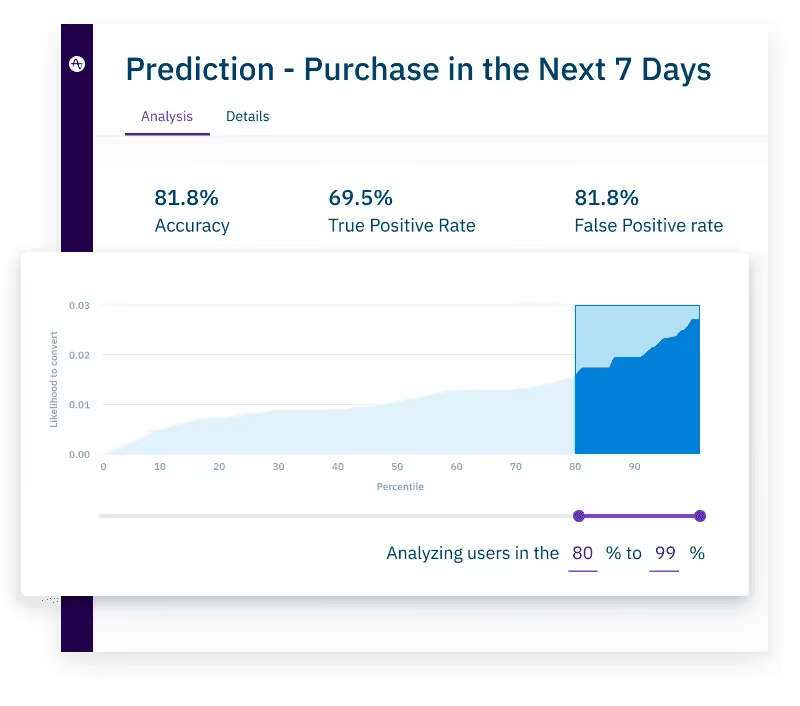
Another customer segmentation tool for app owners. Amplitude can help you determine which features get used the most and by which audiences. It shows where customers drop off, which pages and portions of the app cause friction, and what aspects of your tool are most likely to drive customers to stick.
It can help you see how you're currently performing, and Amplitude can also use the data you're feeding it to predict future trends and outcomes. Within a few data points, you can see if a feature will succeed or not.
With the Amplitude and Survicate integration, you can
✅ create behavioral cohorts in Amplitude based on NPS, CSAT, or CES survey results
✅ match users’ behavior with their satisfaction to get an idea of why they drop off
✅ make Amplitude dashboards based on product usage and contextual customer feedback
And more!
Customer relationship management tools
Sorting audiences into customer segments is the first step. You also need a tool to store and manage this data.
HubSpot
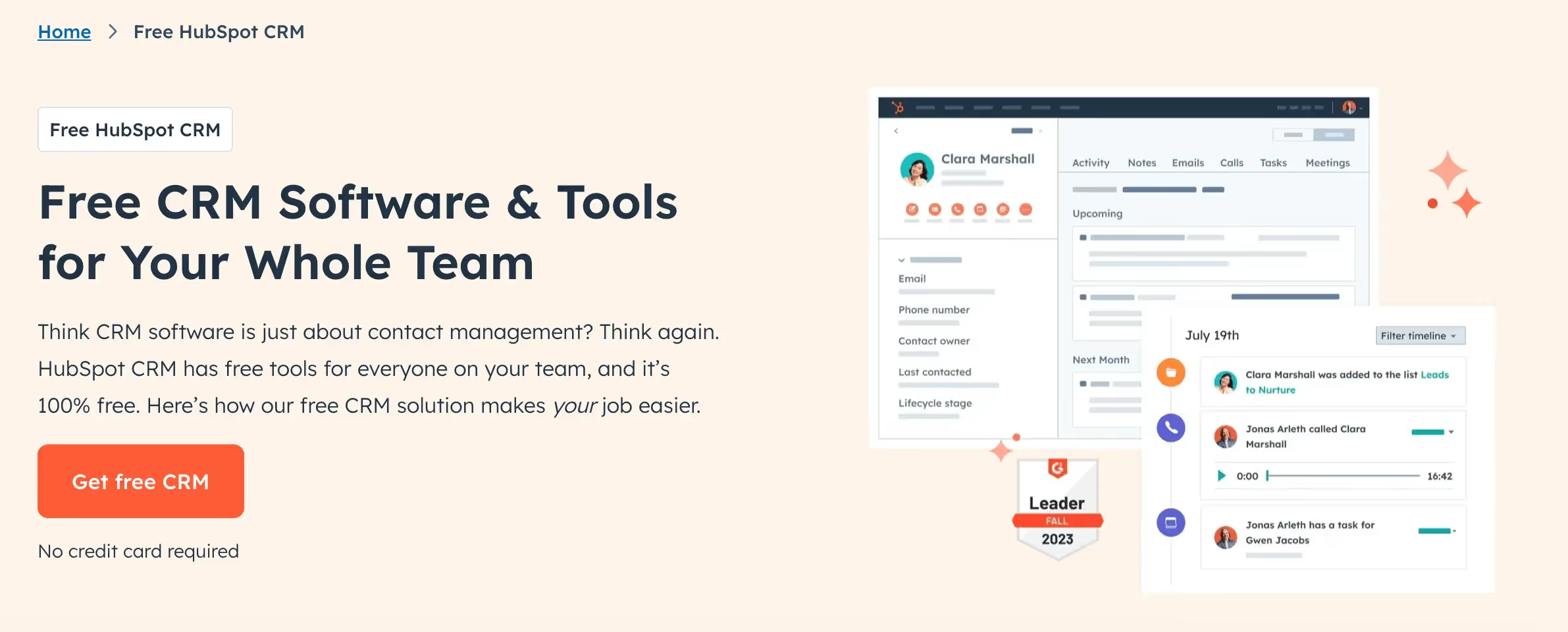
HubSpot's Free CRM Software is a versatile tool that is the backbone of successful marketing strategies. With its robust features and intuitive interface, it empowers businesses to effectively manage customer relationships, streamline marketing efforts, and drive growth.
One of the key strengths of HubSpot's Free CRM is its advanced segmentation capabilities, allowing marketers to divide their audience into specific segments based on various criteria such as demographics, behavior, and engagement level. This segmentation functionality enables marketers to deliver highly targeted and personalized campaigns that resonate with their audience, ultimately driving better results and higher ROI.
Customer segmentation features of the tool:
- contact management: centralize all customer data and interactions in one place, making it easy to track and nurture leads throughout the customer journey
- lead scoring: automatically prioritize leads based on their level of engagement and likelihood to convert to focus their efforts on high-value opportunities
- email marketing (more on that later)
HubSpot has a deep integration with Survicate. With the HubSpot and Survicate integration, you can
✅ see Survicate survey responses in HubSpot profiles and App Cards
✅ trigger HubSpot workflows based on survey responses
✅ automate surveys, including NPS, CSAT, and CES, with HubSpot emails
And more!
Salesforce
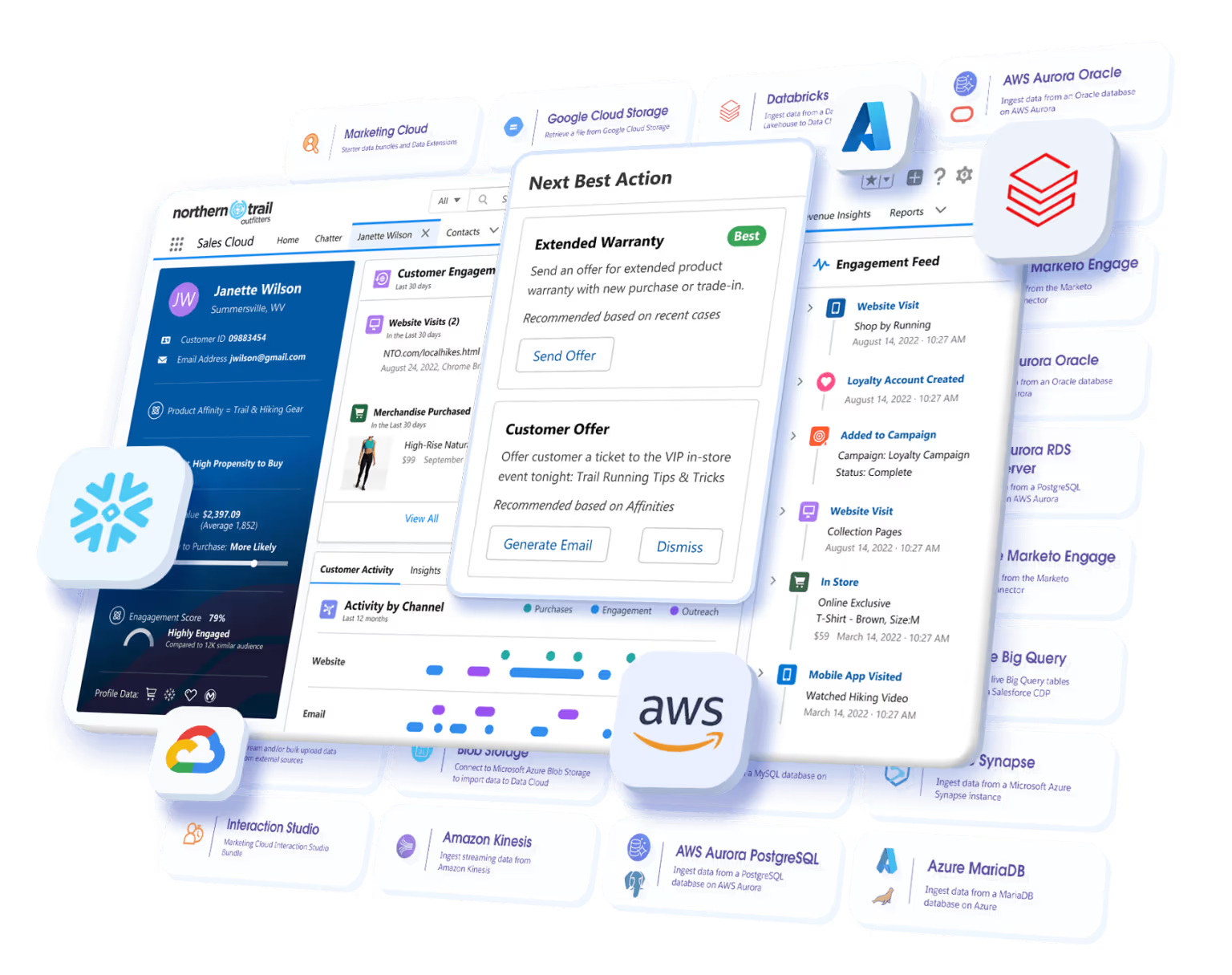
Salesforce is a cloud-based platform for managing customer relationships. It stores customer data, tracks sales, and automates marketing. Companies can use Salesforce to improve customer service, sales, and marketing efforts.
Users can also create workflows to automate tasks like following up on emails or updating records to help streamline daily operations. Salesforce supports customer interactions across channels like email, social media, and phone.
Features for customer segmentation:
- create segments without technical expertise by using data filters
- map customer journeys and tailor content based on segmented customer behaviors and interactions across channels
- real-time data integration
With the Salesforce and Survicate integration, you can
✅ trigger Salesforce workflows based on survey responses
✅ pull user data into Survicate to filter survey results based on Salesforce attributes
✅ identify Salesforce contacts without asking for their contact details
And more!
Segment
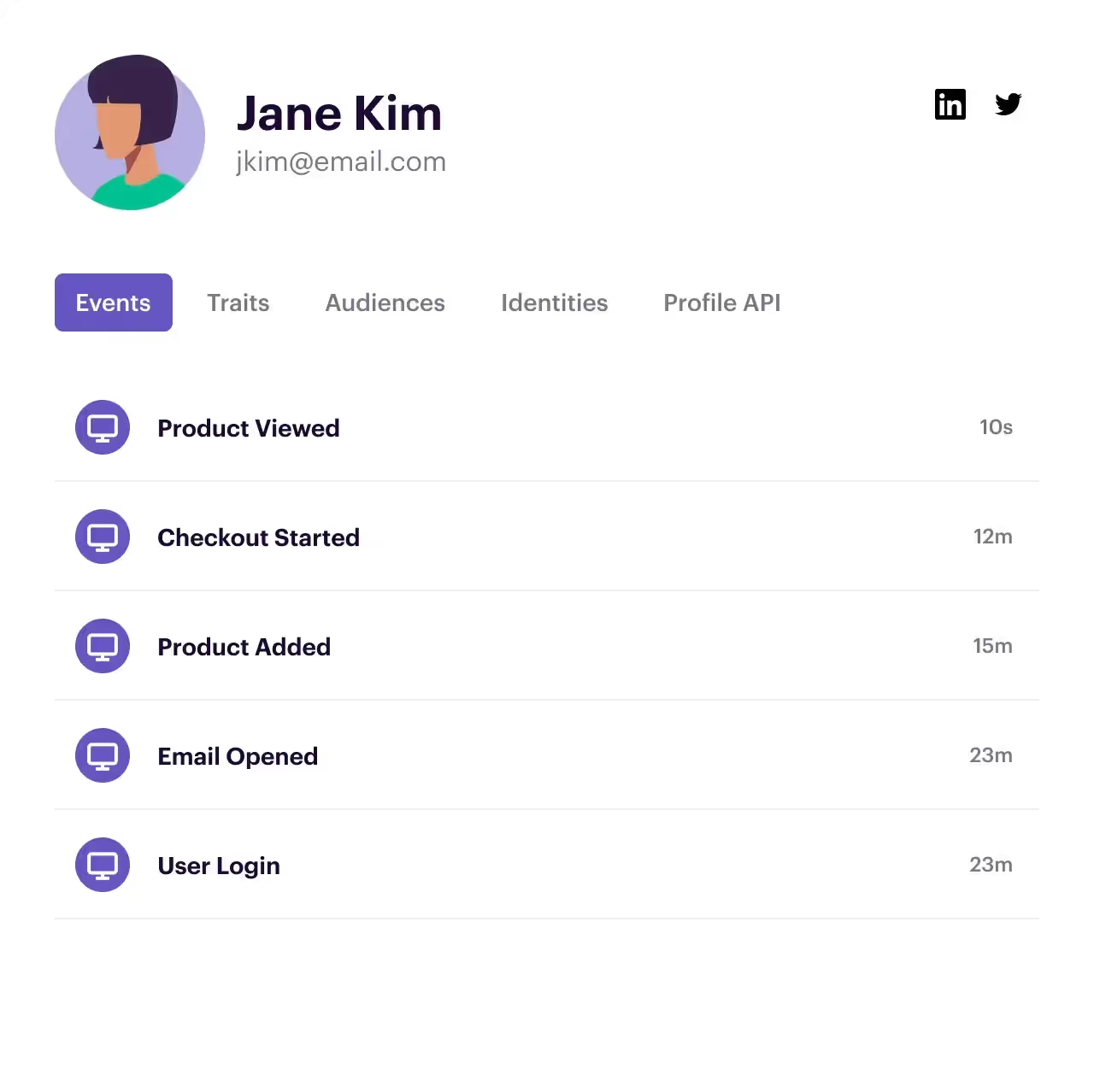
Segment is a customer data platform. It works with various business models, whether in SaaS or e-commerce, as it adapts to how you communicate with your customers.
Customer segmentation features:
- unifies data from multiple sources for a complete customer view
- creates rich, real-time profiles for accurate segmentation
- allows for creating and managing custom audience segments based on behaviors or attributes
Want to talk just to people who recently abandoned their carts? The potential customers who were just on your pricing page? No problem. Segment is great for data enrichment and segmentation and for omnichannel communication.
With the Segment and Survicate integration, you can
✅ run web surveys to Segment-identified audiences
✅ get survey responses as Segment events
✅ send survey results to your CRM, product, marketing, and other tools connected to Segment
And more!
Email marketing tools
Personalized marketing helps boost engagement. However, personalized email efforts are difficult to manage manually, which is why you need the right customer segmentation tools - including EMS software.
HubSpot (again 😅)

HubSpot's free email marketing tools integrate fully with their CRM mentioned above.
Seamlessly integrate with HubSpot's Free Email Template Builder to create and send personalized email campaigns to segmented audiences, driving engagement and conversions. You won't need any coding knowledge to create visually stunning and responsive email templates.
With a library of customizable templates and drag-and-drop editing capabilities, marketers can quickly create professional-looking emails that drive engagement and conversions.
Altogether, HubSpot provides marketers with a powerful toolkit to effectively target and engage their audience, ultimately driving business growth and success in the competitive market landscape.
With the HubSpot and Survicate integration, you can
✅ distribute Survicate surveys with HubSpot
✅ collect user attributes that act on feedback
✅ automatically enrich HubSpot contact profiles
And more!
Mailchimp
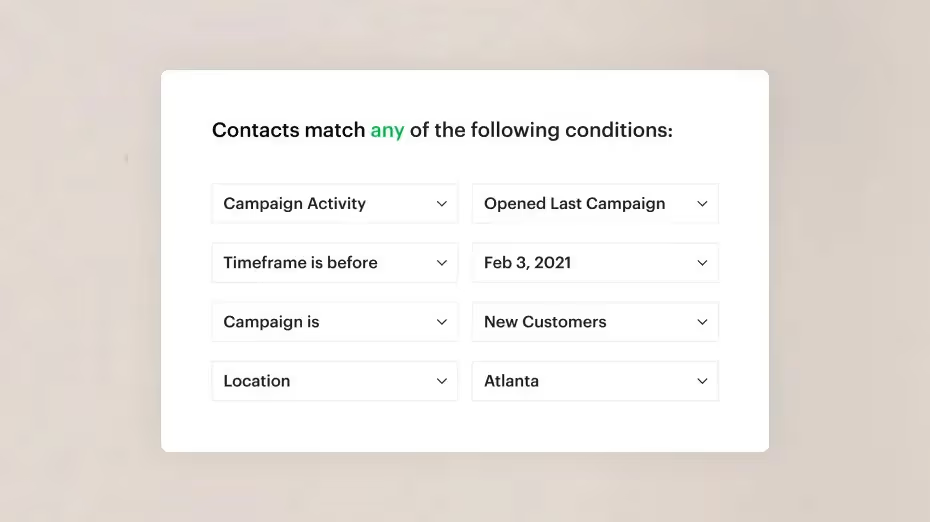
Whether you are just starting your research and need to build an email list or you're a seasoned researcher who needs to create highly targeted email audiences, MailChimp can help.
MailChimp has a range of tools to segment your email audiences. When your list is uploaded, you can start segmenting based on a variety of factors, including:
- previous behavior
- location
- new vs. old customers
- email open rates
The editor in this tool is one of the simplest in the industry; getting started takes minutes. Once your campaigns are live, Mailchimp allows you to split-test all of your campaigns according to subject lines, content, send times, and much more.
It's also famous for having one of the most generous free plans in the SaaS world. You can use the free version for as long as you want, albeit with only 500 contacts and up to 1,000 emails sent per month.
With the Mailchimp and Survicate integration, you can
✅ send Survicate surveys that can be answered straight from the email
✅ save survey responses in Mailchimp as list fields, notes, and tags
✅ create surveys for Mailchimp with an intuitive survey builder – no coding
And more!
Braze
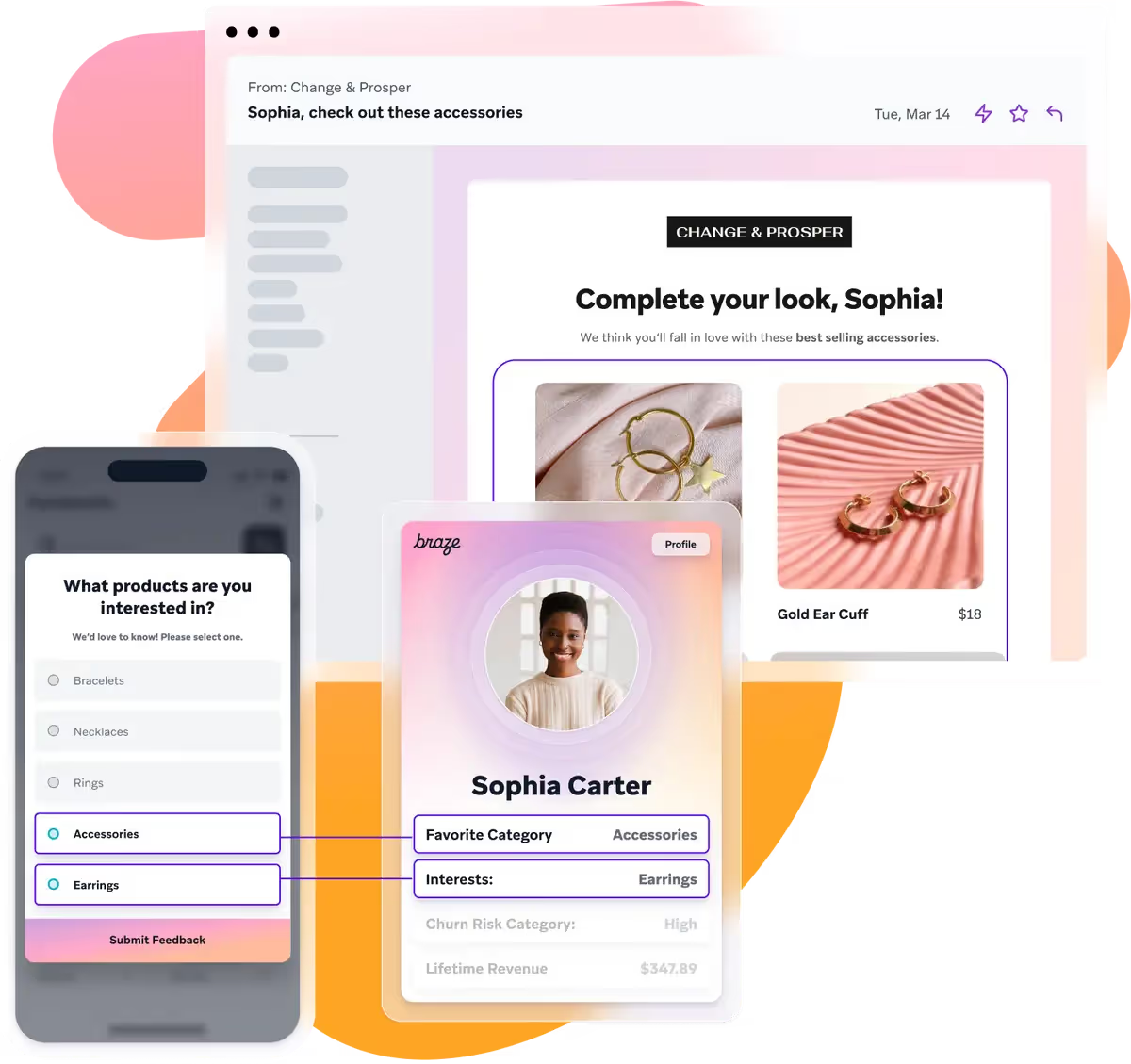
The final tool on our list is Braze.
Braze is a customer engagement platform that helps businesses send personalized messages across email, mobile, text, and web. Brands use Braze to boost customer retention and conversions.
Braze is a great fit for market segmentation because it uses real-time data to group customers based on behavior, preferences, and demographics. It also allows businesses to send personalized messages to different customer segments, ensuring more relevant and effective communication.
By targeting the right audience with tailored content, Braze helps improve engagement, boost customer satisfaction, and increase conversion rates.
Its automation and data-driven approach make segmenting and managing large audiences easier and more efficient for marketing efforts.
With the Braze and Survicate integration, you can
✅ seamlessly distribute Survicate surveys via Braze
✅ send responses directly to Braze as custom attributes
✅ use customer insights to trigger customized communication
And more!

Wrapping up
Not all customers and leads are created equal, and the difference in how you treat them can majorly impact your bottom line. No matter what you sell, market segmentation should be on your monthly, if not weekly, to-do list, as the gains can be massive compared to the time you invest.
One of the best places to start is just by asking your customers about their preferences, desires, overall satisfaction, and more. Sounds like your cup of tea? Start your free trial of Survicate today.








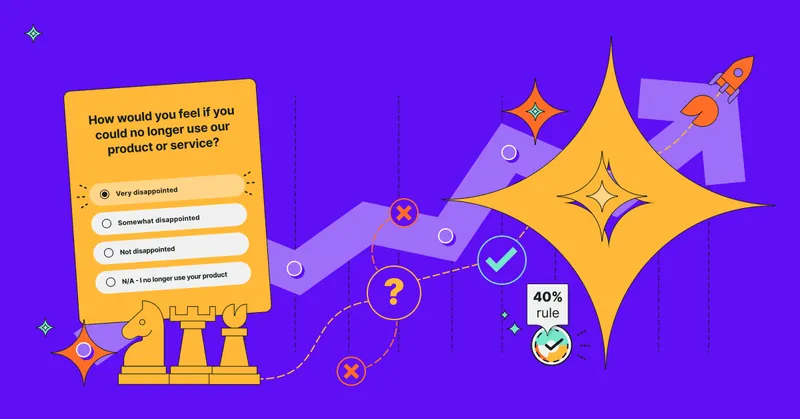

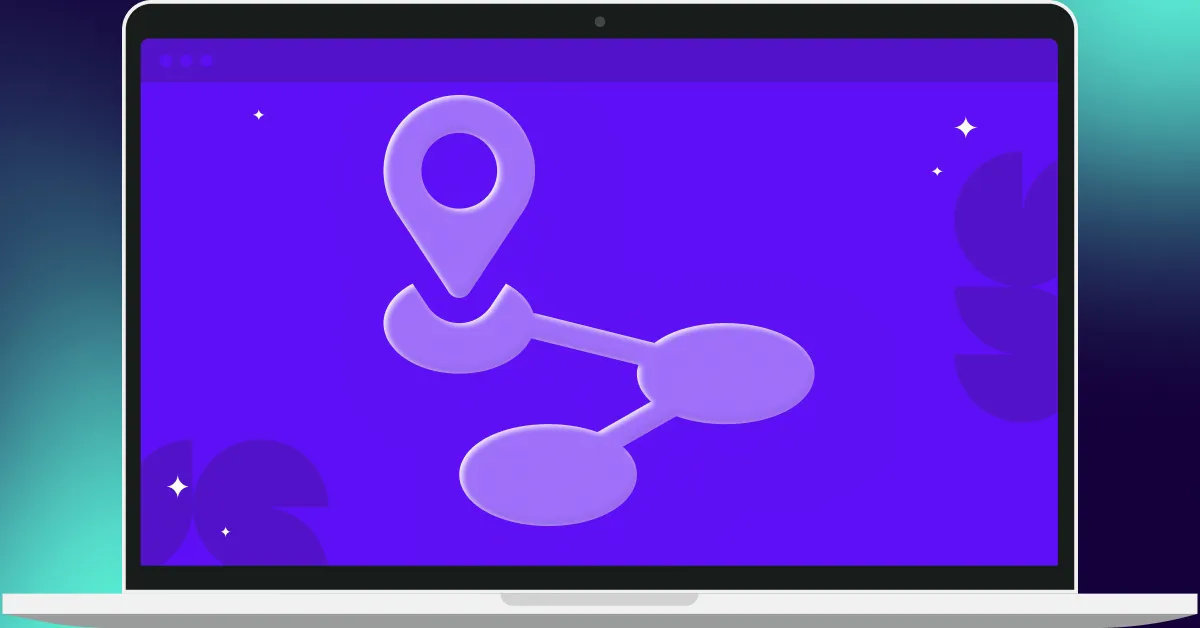
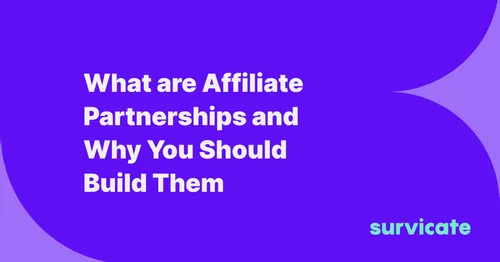

.svg)

.svg)



